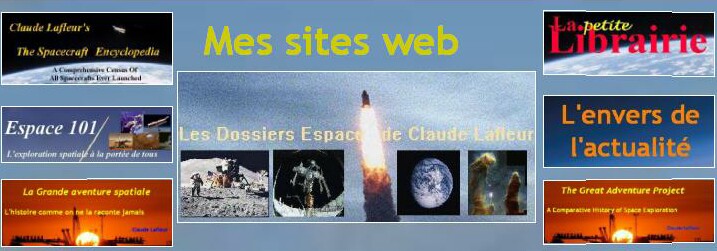| 1. |
1. Huygens' 2005 landing on
Titan revealed this moon to be remarkably like Earth before life evolved,
with methane rain, erosion and drainage channels and dry lake beds. A soup
of complex hydrocarbons, including benzene, was found in Titan's atmosphere. |
| 2. |
2. Discovery of active, icy
plumes on Enceladus which was such a surprise that Cassini manager completely
reshaped the mission to get a better look. The discovery became even more
important when Cassini found evidence of water-based ice in the plume.
so the search for life suddenly extended to this small, bright moon. And
the recent discovery of signs of an subsurface ocean makes Enceladus one
of the most exciting science destinations in our Solar system. |
| 3. |
3. Saturnís rings revealed
as active and dynamic, a laboratory for how planets form. Cassini discovered
propeller-like formations, witnessed the possible birth of a new moon and
observed what may be one of the most active, chaotic rings in our solar
system (Saturnís F ring). |
| 4. |
4. Cassiniís shows that Titan
has many geologic processes similar to that of the Earth, generating methane
rains, which build river channels and form lakes and seas containing liquid
methane and ethane. |
| 5. |
5. Late in 2010, Saturnís relatively
tranquil atmosphere erupted with a storm of gigantic proportions. Typically
a 30-year storm, this one arrived ten years early. Within months, the storm
grew to encircle the planet with a swirling band. The largest temperature
increases ever recorded for any planet were measured. Molecules never before
seen in Saturnís upper atmosphere were detected. The storm diminished shortly
after its head collided with its tail, a little less than a year after
it began. |
| 6. |
6. Radio-wave patterns shown
not to be tied to Saturnís interior rotation as previously thought. Cassiniís
instruments show that the variation in radio waves is different in the
northern and southern hemispheres. The variations also appear to change
with the Saturnian seasons and the hemispheres have actually swapped rates.
Saturnís length of day is still not known. |
| 7. |
7. Once about every 15 years,
the Sun shines on the edge of the ring plane and northern and southern
sides of the rings receive little sunlight. Cassini measured the thick,
long shadows from this rare event to determine the heights of structures
within the rings. |
| 8. |
8. Titanís atmosphere is a
zoo teaming with a variety of molecules, the most chemically complex in
the Solar system. Beginning with sunlight and methane, ever more complex
molecules form until they become large enough to form the smog that covers
the giant moon. Nearer the surface, methane, ethane, and other organics
condense and fall to the surface where likely other prebiotic chemistry
can take place. |
| 9. |
9. The origin of Iapetus's
two-faced surface has been a mystery for more than 300 years. The Cassini
spacecraft solved the puzzle: dark, reddish dust in Iapetus's orbital path
is swept up and lands on the leading face of the moon. The dark areas absorb
energy and become warmer, while uncontaminated areas remain cooler. |
| 10. |
10. Saturnís polar regions
have surprised scientists with a the presence of a long-lived hexagonal-shaped
jet stream in the north and two hurricane-like storms at both poles. The
driving forces of each remain a mystery. In the remaining years of Cassiniís
mission, scientists hope to learn more of their properties and conditions
surrounding their existence. |


